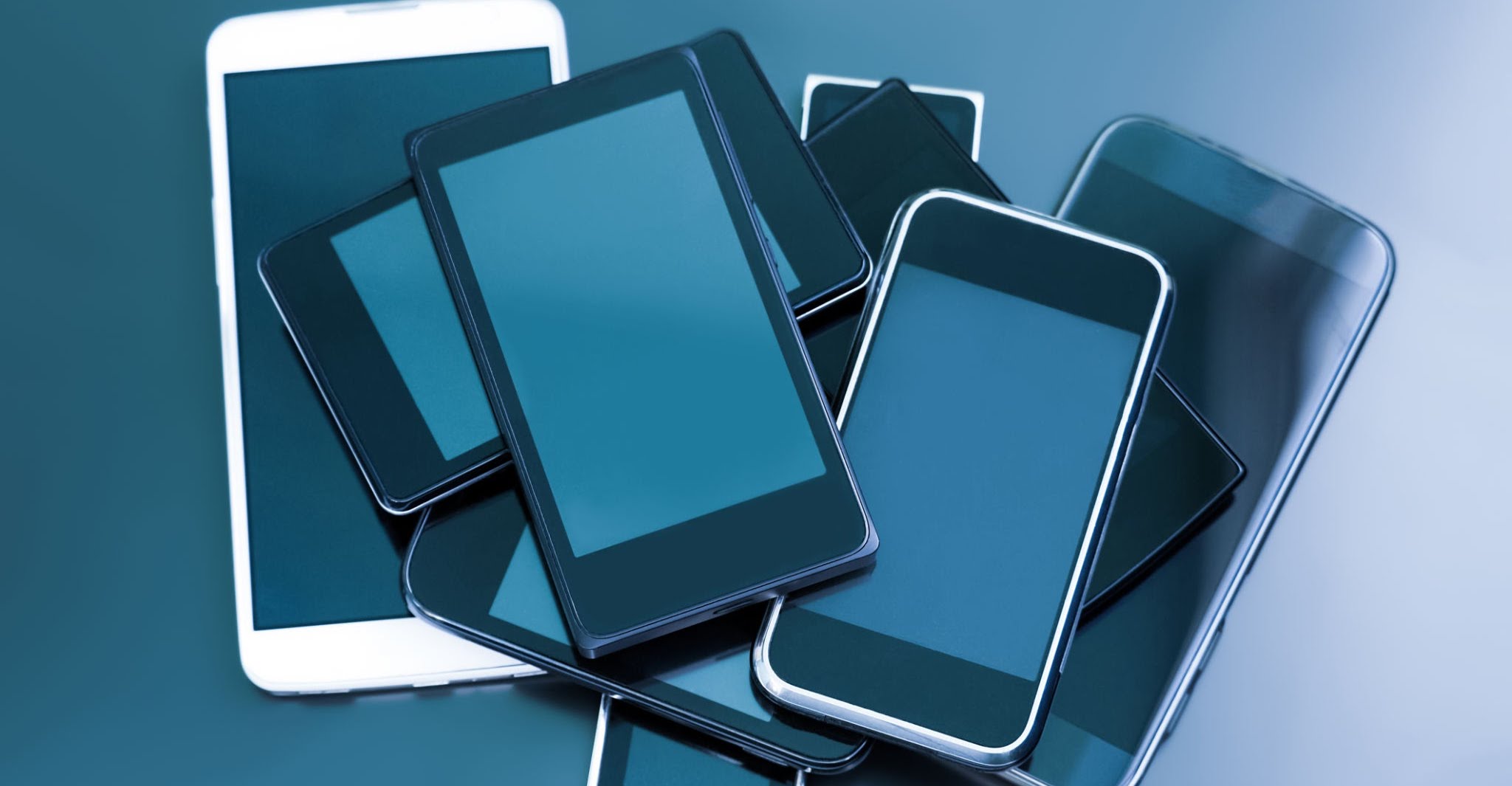The evolution of the smartphone: A comprehensive guide
The evolution of the smartphone is a technological journey that spans over three decades. What began as bulky mobile handsets capable of only voice communication has transformed into sleek, pocket-sized devices that integrate computing, photography, internet browsing, and artificial intelligence.
The term “smartphone” gained traction in the early 2000s, although the first true smartphones date back to the 1990s. These devices combined the features of a personal digital assistant (PDA) with mobile calling. Over the years, enhancements in hardware, software, connectivity, and user interface have shaped smartphones into essential tools for modern life.
This topic exists because smartphones have become deeply embedded in nearly every aspect of daily living—communication, education, healthcare, business, navigation, and even entertainment. Understanding their development provides insight into the future of technology and digital society.
Importance: Why the Evolution of Smartphones Matters
Smartphones affect billions of people globally. According to Statista, over 6.9 billion smartphone subscriptions were active in 2024, covering approximately 85% of the global population. Their impact spans various sectors:
- Education: Enables remote learning, especially crucial during events like the COVID-19 pandemic.
- Healthcare: Apps allow users to monitor health, access telemedicine, and manage appointments.
- Business: Smartphones support remote work, digital communication, and app-based commerce.
- Emergency Response: Provide real-time alerts and navigation in crisis situations.
Smartphones solve several problems:
- Accessibility to information for remote and underserved regions.
- Real-time communication across global distances.
- Productivity tools for personal and professional use.
- Financial inclusion through mobile banking and payments.
As technology advances, the smartphone continues to reshape how society functions, making it essential to understand its evolution.
Recent Updates and Trends in 2024–2025
Over the past year, smartphones have seen key advancements in several areas. Here’s a snapshot of the most significant trends and updates:
| Area | Update | Examples/Details |
|---|---|---|
| AI Integration | Smartphones are now powered by on-device AI, enhancing photo editing, voice assistance, and predictive texting. | Apple’s iOS 18 (June 2024) introduced “Apple Intelligence” features; Samsung’s Galaxy AI made headlines in early 2025. |
| Foldable Phones | Gaining popularity with better durability and larger screens. | Samsung Galaxy Z Fold6 and Google Pixel Fold 2 released in 2024. |
| Sustainability | Focus on eco-friendly materials and modularity for easy repairs. | Fairphone 5, released in late 2024, leads this initiative. |
| 5G Expansion | Wider adoption globally, including developing nations. | Substantial rollout in India, Africa, and parts of Southeast Asia in 2024. |
| Satellite Connectivity | Emergency satellite messaging in remote areas is now supported. | iPhone 14 and later models include this feature. |
These changes are steering smartphones toward smarter, more responsible, and highly capable devices that go beyond traditional use.
Laws and Policies Affecting Smartphone Development and Usage
Smartphones are regulated by a range of laws and government policies depending on the country. These regulations ensure safety, privacy, fair market practices, and digital accessibility.
1. Data Privacy Laws
- Europe: The General Data Protection Regulation (GDPR) strictly regulates how apps and smartphone manufacturers collect, store, and use personal data.
- India: The Digital Personal Data Protection Act, 2023 came into effect in 2024, emphasizing user consent and accountability.
2. Right to Repair
- United States: Some states like New York and California passed laws enforcing manufacturers to provide spare parts and repair manuals.
- EU: New right-to-repair rules effective 2025 require all smartphone models sold in the EU to support easy repairs and longer software support.
3. Radiation Standards
- SAR Limits: Most countries, including the U.S. and those in the EU, regulate the Specific Absorption Rate (SAR) of smartphones to minimize exposure to electromagnetic fields.
4. E-waste Management
- Regulations in countries like Germany and Japan require smartphone manufacturers to participate in recycling programs.
These laws shape not only how smartphones are designed but also how they are used, sold, and maintained.
Tools and Resources for Smartphone Users
Whether you’re a new user or a tech enthusiast, several tools and resources can help you make better use of your smartphone:
| Category | Resource | Use |
|---|---|---|
| Performance Benchmarking | Geekbench, AnTuTu | Test your phone’s processing power and graphics |
| Battery Health Monitoring | AccuBattery (Android), iOS Settings | Monitor battery wear and usage |
| Parental Control | Google Family Link, Apple Screen Time | Limit screen time and manage app usage for children |
| Security and Privacy | Signal (encrypted messaging), Bitdefender | Protect data and detect malware |
| Repair and Diagnostics | iFixit (guides), Samsung Members App | Diagnose problems and learn repair steps |
| Recycling Programs | Recycle My Phone (USA), EcoATM | Drop off old phones for responsible recycling |
These resources enhance the smartphone experience while promoting safety, longevity, and sustainability.
FAQs: Frequently Asked Questions
Q1: When was the first smartphone released?
A: The first smartphone, IBM Simon, was released in 1994. It featured a touchscreen, calendar, and email functionality.
Q2: What’s the difference between a smartphone and a regular mobile phone?
A: A smartphone combines communication features with computing capabilities, allowing users to install apps, browse the internet, and perform complex tasks, unlike basic mobile phones.
Q3: How long do smartphones typically last?
A: On average, smartphones last 2 to 4 years, depending on usage, battery health, and software support.
Q4: Are smartphones harmful due to radiation?
A: Smartphones emit non-ionizing radiation. Regulatory bodies like the FCC and WHO state that current levels are generally safe, though users can reduce exposure by using speaker mode or headphones.
Q5: Can smartphones be fully recycled?
A: Most smartphone components can be recycled, including metals, glass, and plastic. However, lithium-ion batteries require special handling.
Final Thoughts
The evolution of smartphones is a story of continuous innovation driven by user needs, technological progress, and societal demands. From early call-only devices to today’s AI-powered multitasking machines, smartphones have become vital tools across the globe.
Understanding how smartphones have changed—and continue to change—helps individuals, businesses, and governments make informed decisions about their usage, regulation, and impact. With ongoing advances in AI, sustainability, and connectivity, the next chapter in smartphone evolution is already underway.







